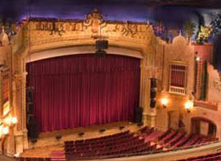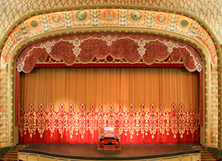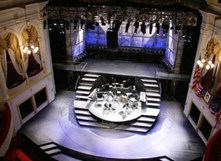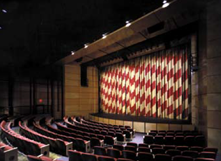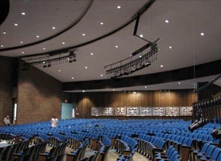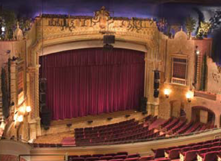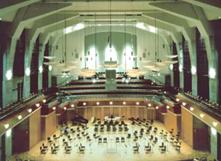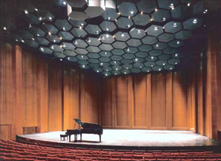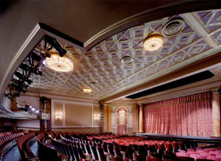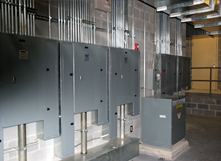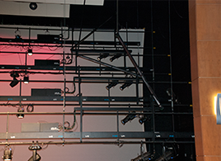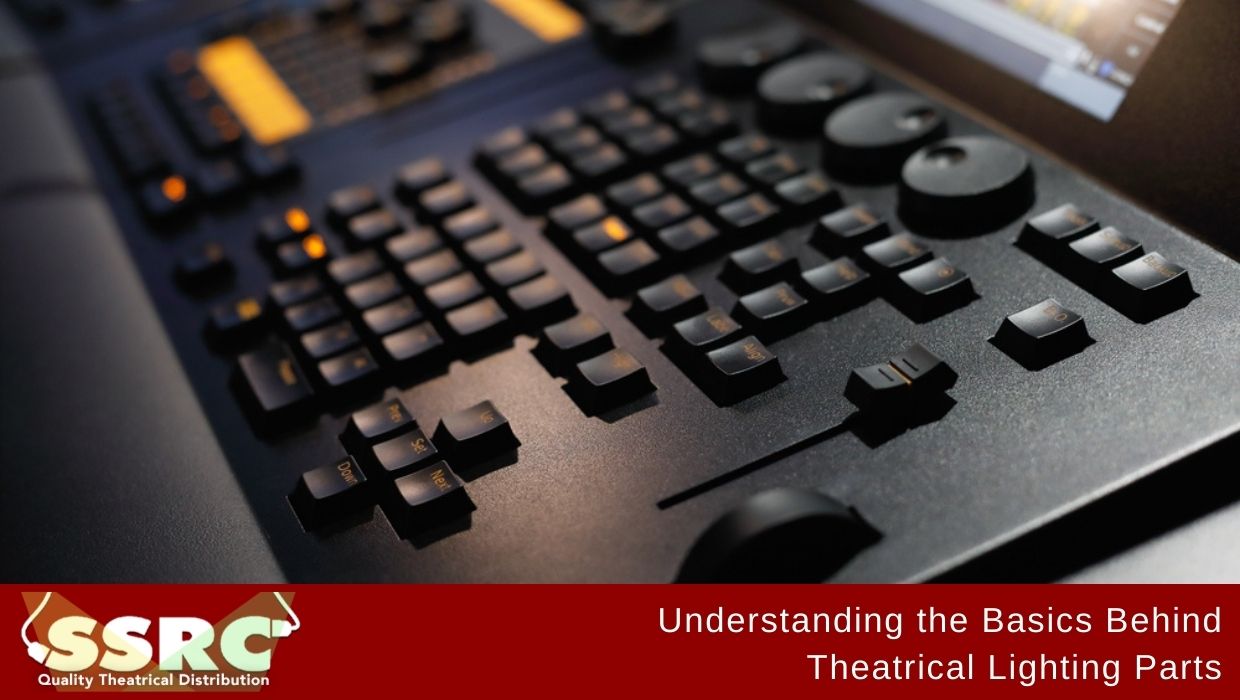
Basics Behind Theatrical Lighting Parts
Understanding the Basics Behind Theatrical Lighting Parts
There are some basic principles and pieces to lighting despite the size of an event or the capacity of a venue. One might assume that different spaces have completely different lighting systems. However, knowing just a few tips will help even a novice understand how they are all related when built correctly.
The basic pieces to any lighting solution include some type of console to control everything, the lights themselves, means to distribute the signals, and the wiring to connect it all. That’s about it no matter what is being lit!
Every Lighting System is Controlled by a Central Unit
These days most consoles center around a computer. While Apple products are very popular, some software for designing lighting shows is only available for PC. Before securing a computer to be used as a head unit, make sure to check the compatibility requirements between all the parts and pieces.
If the lighting requires manual manipulation throughout the production or event, a physical board with buttons and levers is likely tied into the computer. At a large concert or theater production, you will most likely spot the board at what is known as “front of house.” Front of house is typically located directly across from the front of the stage in the back of the venue.
There are Many Options for Every Type of Lighting Fixture
With the popularity, affordability, and ease of control offered by modern LED fixtures, the use of motion and shapes have given designers much more to work with when building rigs. There are also features known as “gobos” which are changeable patterns within the fixture used to create different shapes in the space being lit. Think of gobos as stencils built into the lights.
Distribution and dimmer packs are used to deliver the digital signal and power to the fixtures. Most packs these days use a standard connection known as DMX; which stands for “digital multiplex.” This digital communication protocol used to control intelligent lighting fixtures uses a 5-pin connection, whereas XLR (External Line Return) components have a 3-pin connection.
Cables bring all the basic pieces together. Some may be tempted to overlook the cables and wires that connect all the components, but skimping on the quality of cable can have major impacts on the quality of the lighting. Choosing cheap or insufficient wiring and cabling will inhibit the capacity of the more expensive components.
A leading manufacturer of quality theatrical distribution products like SSRC provides lighting products for schools, performing arts centers, churches, studios, outdoor events and any other venue that requires controllable lighting. Use our online contact form to request more information on how to best meet your theatrical lighting needs.
Posted by admin
Recent Posts
Archives
- January 2022
- December 2021
- November 2021
- October 2021
- May 2021
- April 2021
- March 2021
- February 2021
- January 2021
- October 2020
- September 2020
- August 2020
- July 2020
- June 2020
- April 2020
- March 2020
- January 2020
- November 2019
- October 2019
- August 2019
- July 2019
- May 2019
- April 2019
- March 2019
- February 2019
- January 2019
- November 2018
- October 2018
- September 2018
- August 2018
- July 2018
- June 2018
- May 2018
- April 2018
- March 2018
- January 2018
- December 2017
- October 2017
- September 2017
- August 2017
- July 2017
- June 2017
- July 2016
- June 2016
- May 2016
- March 2016
